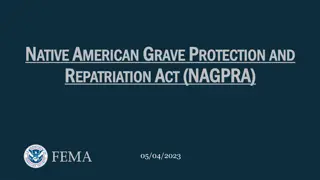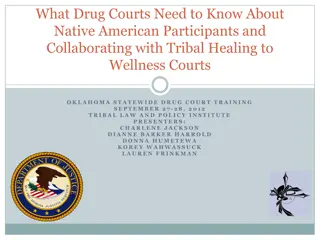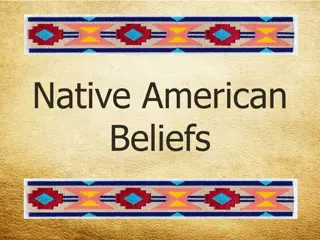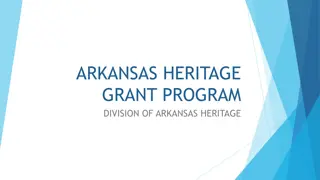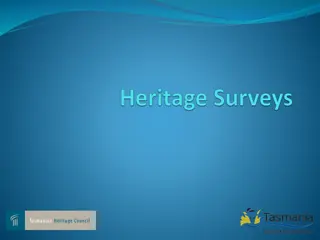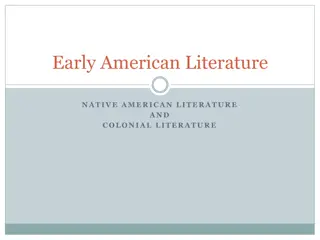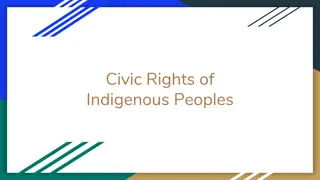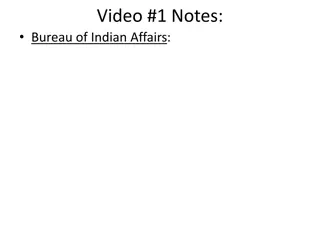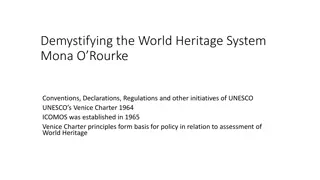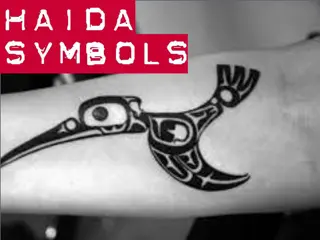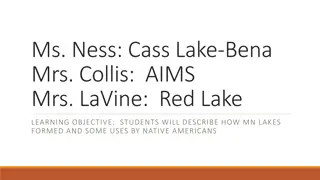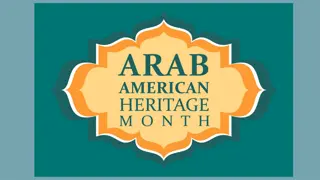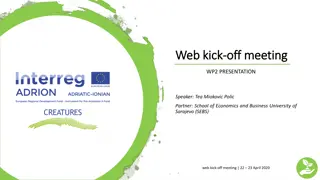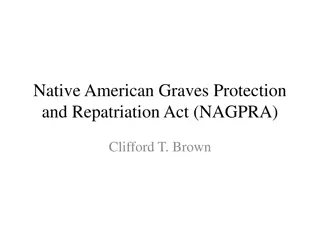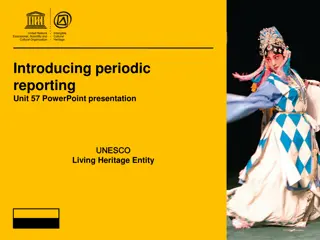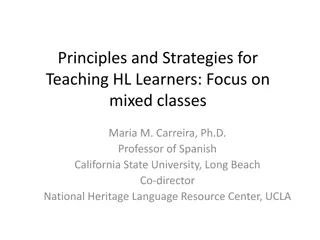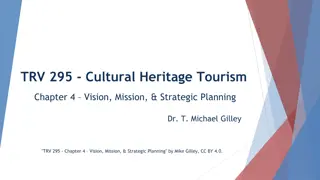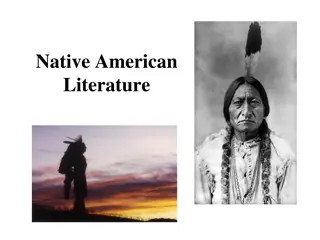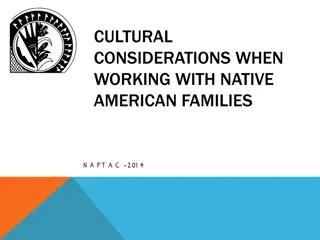Explore the Rich Cultural Heritage of Native American Quilt Artistry
Delve into the intricate world of Native American quilt artistry, from the traditional star quilts reflecting spiritual values to the stunning patchwork designs born out of indigenous creativity. Discover the historical significance and craftsmanship behind these beautiful creations that transcend mere artistic expression.
Download Presentation

Please find below an Image/Link to download the presentation.
The content on the website is provided AS IS for your information and personal use only. It may not be sold, licensed, or shared on other websites without obtaining consent from the author. Download presentation by click this link. If you encounter any issues during the download, it is possible that the publisher has removed the file from their server.
E N D
Presentation Transcript
Tessellations Geometry and Algebra In Art and Architecture
What can I expect to learn today? Communication you will communicate your understanding of tessellation concepts using proper math language . Numeracy you will be engaged in problem solving as you use the tessellation techniques. Personal Social Values and Skills you will work cooperatively as a group. Independent Learning you will explore some tessellations patterns on your own.
Cultural Connection: What is a quilt? A quilt is a type of bed cover, traditionally composed of 3 layers of fiber: a woven cloth top, a layer of batting or wadding and a woven back, combined using the technique of quilting.
Native American Star Quilt Star quilts are a Native American form of quilting arising among native women in the late 19th century. Star quilts are more than an art form, they express important cultural and spiritual values of the native women who make them, and continue to have uses in ceremonies and for marking important points in a person's life. Star quilts have also become a source of income for many Native American women, while retaining spiritual and cultural importance to their makers. http://www.nativeamericanstarquilts.net/Borders/ElevenRowBaby.jpg http://www.nativeamericantrade.com/images/fireicelr.JPG http://www.native-languages.org/images/quilt1.jpg
The Morning Star Quilt One example is the Morning Star design that Plains Indian women adapted in the late 1800s from the traditional Lone Star pattern. Native plains people were keen observers of the Morning Star (Venus) and already used representations of this star in paintings on hides and in beadwork. Morning Star quilts are made with an eight-pointed star that fills most of the quilt top. Native American women from the Great Lakes regions added floral motifs from their own traditions. These appliqu d flowers were placed between the points of the stars. http://www.nativeamericanstarquilts.net/Borders/ElevenRowBaby.jpg http://www.womenfolk.com/quilt_pattern_history/eqstar3.jpg
Native American Patchwork Quilt Seminole quilting originated from the Seminole patchwork used for clothing by these southeastern Native Americans. In the late 1800s it was a long trip from the Everglades to trade for cotton cloth so women began sewing strips made from the fabric left on the end of the bolts. http://www.mushclient.com/quiltimages/quilt25.jpg https://www.frommyhearttoyourhands.com/Qstore/uploads/auntmaggiesweb.jpg http://patcegan.files.wordpress.com/2013/03/patchwork-quilt.jpg?w=640h=958
Quilts and Native American Traditions of Giving Gifts It may not be so much the kind of quilts made as the use of quilts as gifts that reflects Native American culture. The giving of gifts is an important part of Native American communities. Gifts are given at baby-naming ceremonies, pow-wows, graduations, funerals, and for athletic achievement as well as to honor veterans. It is significant that quilts are common gifts at these events.
The Mathematical Connection: What is a Tessellation? A plane tessellation is a pattern made up of one or more shapes, completely covering a surface without any gaps or overlaps. It is a way to cover a surface, remember the last puzzle you put together?
How can I make one? First we need some background information. There are actually several different types of tessellations, for this lesson we will only use one kind, the REGULAR TESSELLATION.
What is a regular tessellation? A regular tessellation is a tessellation made up of only regular polygons. All of which are congruent.
Fine, but what the heck is a regular polygon? A shape which has 3 or more sides and angles, all of which are equal.
Enough already, lets get started. But how? First you need to find some shapes to use for your tessellation. Activity #1 Which Polygons Tessellate? I E I
Ive got my polygon, get outta my way. Hold on buckaroo, let s make it cool.
Did you notice the 4 words on the last picture from the previous slide? Translation Rotation Reflection Dilation These are the methods we use to turn regular polygons into neat looking tessellations.
Translation This is the easiest pattern to create and works well with a square. Translation means to move an object without rotating or reflecting it. Another name for translation is a slide .
How to make a translation. Cut a piece from one side of the square, slide it directly across to the opposite side and attach it to the edge. Cut Here
Rotation A rotation is a bit tougher to create, but it does work well with a regular triangle. Rotation means to spin an object around a certain point. Your point of rotation may be a corner or a point on a side of the triangle, (usually the midpoint).
How to make a rotation. Trace the piece to be rotated. Decide the angle which the piece needs to be rotated. Rotate the piece and attach to the edge. Point of Rotation 60o Line up Edges Point of Rotation 180o
Reflection A reflection is a mirror image of an object. A reflection produces the same results as a translation or rotation, so we will not cover that here. Line of Reflection
Dilation A dilation is also called a glide reflection because it is a combination of a reflection and a translation. Again, we won t cover that here. Line of Reflection
Activity #2 Making a translation tessellation. Follow the directions in handout. Cut Here
Activity #3 Making a rotating tessellation Follow the directions in handout. Point of Rotation 60o Line up Edges
Putting it all together The Classroom Quilt Tape your tessellations together with everyone else s to make a classroom quilt.
Tying it all together. Answer the questions on last page in handout.


